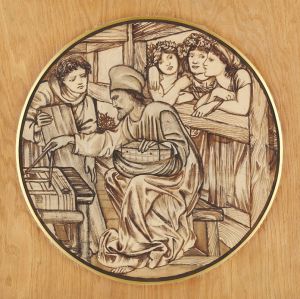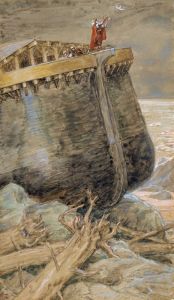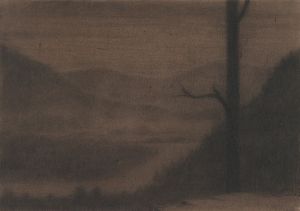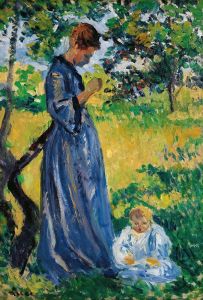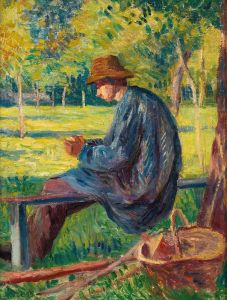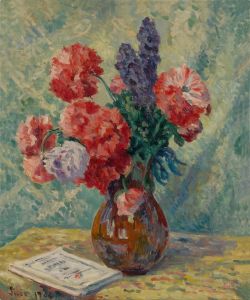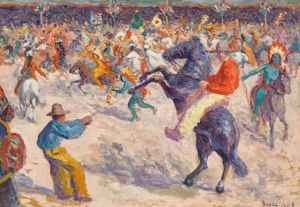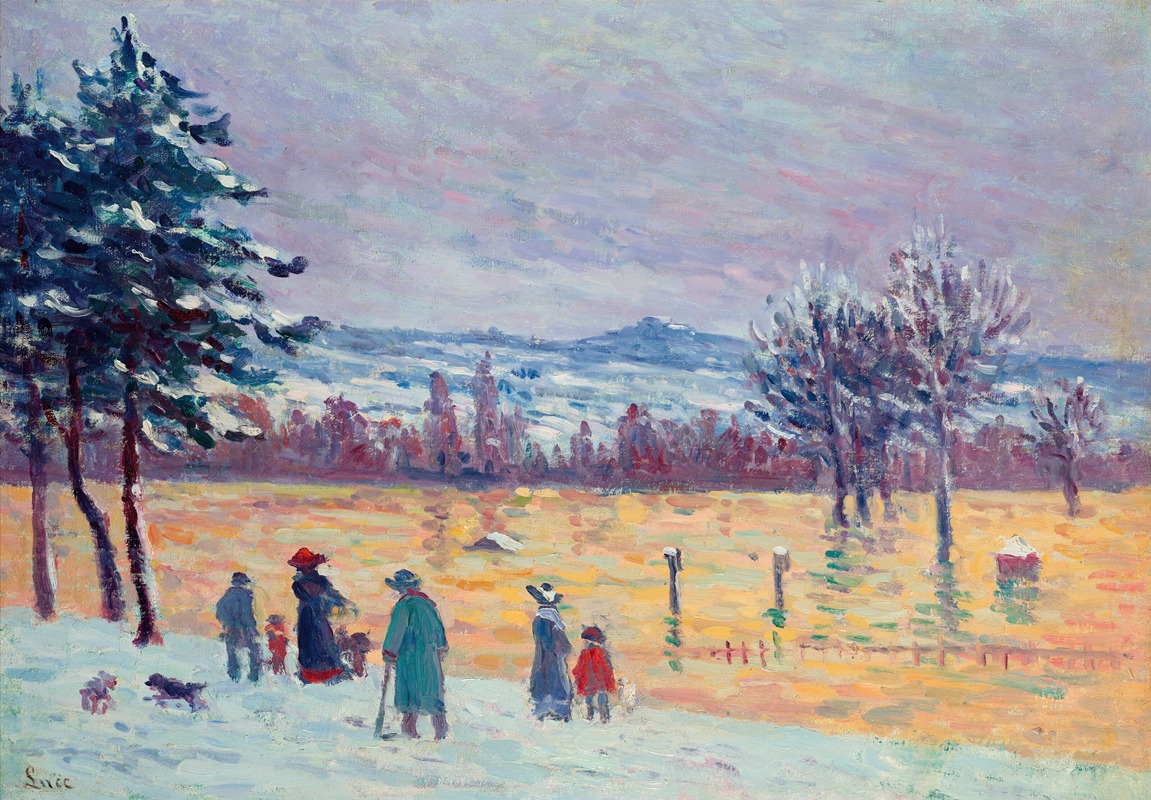
L’inondation à Longchamp
A hand-painted replica of Maximilien Luce’s masterpiece L’inondation à Longchamp, meticulously crafted by professional artists to capture the true essence of the original. Each piece is created with museum-quality canvas and rare mineral pigments, carefully painted by experienced artists with delicate brushstrokes and rich, layered colors to perfectly recreate the texture of the original artwork. Unlike machine-printed reproductions, this hand-painted version brings the painting to life, infused with the artist’s emotions and skill in every stroke. Whether for personal collection or home decoration, it instantly elevates the artistic atmosphere of any space.
Maximilien Luce was a prominent French Neo-Impressionist painter known for his vibrant use of color and light, often capturing scenes of everyday life and landscapes with a unique blend of realism and pointillism. One of his notable works is "L’inondation à Longchamp," which translates to "The Flood at Longchamp." This painting is a testament to Luce's skill in depicting natural phenomena and his keen interest in the effects of light and atmosphere.
"L’inondation à Longchamp" was created during a period when Luce was deeply engaged with the Neo-Impressionist movement, which was characterized by the use of small, distinct dots of color applied in patterns to form an image. This technique, known as pointillism, was pioneered by Georges Seurat and Paul Signac, both of whom were contemporaries and influences on Luce. The movement sought to bring a scientific approach to the use of color and light, and Luce's work is a prime example of these principles in action.
The painting captures a scene at Longchamp, a location in Paris known for its racecourse, which was prone to flooding due to its proximity to the Seine River. The artwork depicts the aftermath of a flood, with water covering the landscape and reflecting the sky above. Luce's use of color is particularly striking; he employs a palette of blues, greens, and earthy tones to convey the serene yet somber mood of the flooded area. The reflection of light on the water's surface is rendered with meticulous attention to detail, showcasing Luce's mastery of the pointillist technique.
Maximilien Luce was not only an artist but also an anarchist, and his works often reflect his political beliefs and social concerns. While "L’inondation à Longchamp" is primarily a landscape painting, it can also be seen as a commentary on the natural disasters that affected urban life and the resilience of the human spirit in the face of such challenges. The painting does not include human figures, which is a departure from some of his other works that often depict people in various settings. Instead, the focus is entirely on the interplay of natural elements, emphasizing the power and beauty of nature.
Luce's contribution to the Neo-Impressionist movement is significant, and his works are celebrated for their technical precision and emotional depth. "L’inondation à Longchamp" is a fine example of his ability to capture the essence of a moment through the careful application of color and light. The painting remains an important piece in the study of Neo-Impressionism and continues to be appreciated by art enthusiasts and scholars alike.
Today, Maximilien Luce's works, including "L’inondation à Longchamp," are held in various public and private collections, reflecting his enduring legacy in the art world. His paintings offer a glimpse into the life and landscapes of late 19th and early 20th century France, providing valuable insights into the cultural and social milieu of the time. Through his art, Luce invites viewers to experience the world as he saw it, with all its beauty and complexity.





